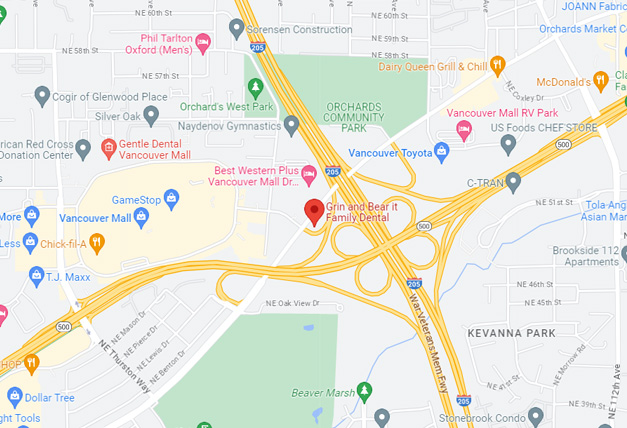Digital Radiographs
Digital radiographs, or x-rays as they are commonly known, are now the industry standard for allowing the dentist do diagnos dental decay or other dental related lesions. The digital radiograph allows the dentist to take an image of the tooth/teeth with a sensor and put it into an imaging program. Within this program, there are a number of tools that allow the dentist to take a very close look at the teeth and surrounding structures with amazing accuracy. This translates into earlier diagnosis and more conservative treatment. As a benefit to the patient, the digital radiograph also provides nearly 80% less radiation than a standard film radiograph. This is due to the fact that the digital version of the radiograph is much more sensitive to the radiation and has been specifically designed with the patient in mind. The other advantages of this system is that it allows the dentist to share the images with the patient when they are displayed on a larger monitor and the turnaround time is instantaneous. There is no waiting time for the images to be developed.
Intraoral Camera
The intraoral camera is another amazing diagnostic tool for viewing different angles of the tooth/teeth in the mouth. These images are more like looking at colored photographs of the oral cavity. They are displayed on the radiographic monitor and are very helpful in diagnosing potential problems that might arise. This translates into earlier diagnosis and more conservative treatment. They give not only the dentist, but the patient as well, the ability to see the problem first hand. These digital images, along with digital radiographs, are excellent for gaining procedure acceptance with insurance companies.
Ultrasonic Scaler
Ultrasonic scalers use ultrasonic vibration to remove hard deposits and stain from your teeth more effectively. They work mechanically using high vibration energy and water pressure to effectively break up calculus so it is easier to remove. The water pressure not only keeps the teeth cool but also allows for effective lavage of the surrounding gum tissue dislodging and flushing out bacteria trapped below the gumline. This entire process aides in faster tissue healing.

